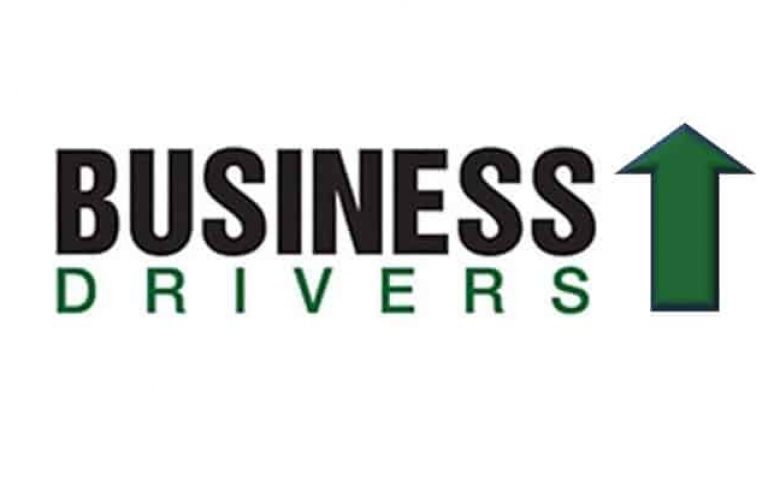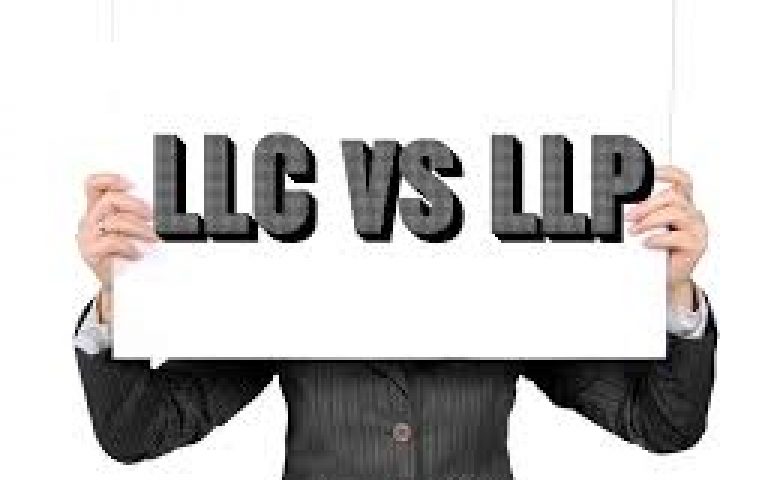There are a variety of strategies to consider when planning a business exit. This article touches upon some of the pros and cons of the eight most common internal (four) and external (four) options. The right exit strategy for a particular business depends largely on the individual needs of the business owner and the current state of the business.
Internal Transfers
Transferring ownership to a family member (Intergenerational Transfers) is a popular option for the preservation of an owner’s legacy and to provide opportunity for the next generation of family members to take over the business. Pros include lower costs, more control over the process, reduced disruption, and high buyer/seller motivation. Cons of this strategy could include a lower overall sales price, a disruption in family dynamics, lack of funds/an illiquid buyer, and the risk of flight by key employees.
In a Management Buyout, the owner sells all or part of the business to the company’s management team. Management typically uses the assets of the business to finance a significant portion of the purchase price. This route provides highly motivated buyers, the preservation of human capital, and continuity. Disadvantages may include potential management “sandbagging”, heavy seller financing, managers who may not be entrepreneurial, and a threat of flight (coercion of owner).
With Sales to Existing Partners, success is closely linked to the existence and quality of a buy-sell agreement. These have the advantages of being planned, less disruptive, are controlled, and have well-informed buyers. On the downside, this may yield a lower sales price and slower payment terms. Competency gaps and restrictions baked into the agreement are also considerations.
An Employee Stock Option Plan (ESOP) is a common vehicle for gradually transitioning a business to employees over time. These often prompt employees to think more like owners, can be used for attraction and retention, the business stays in the “family”, and have favorable tax treatment. However, they can be complicated, expensive, and compel the company to buy-back shares from departing employees.
External Transfers
In Sales to a Third Party, businesses are sold to a strategic buyer, financial buyer, or private equity group through a negotiated sale, controlled auction, or unsolicited offer. Advantages include a higher sales price, more cash up front, stability in deal-terms, overall cost-effectiveness, and can inject renewed energy into the business. However, the process is long (9-12 months). There can also be privacy concerns. They can be emotional, complex, and often include post-sale tie-downs.
Recapitalization basically finds new ways to “fund the company’s balance sheet” by bringing in a lender or equity investor to act as a partner in the business. Under this option, one can sell a minority or majority position, allowing for a partial exit and the ability to “take a second bite of the apple” later. It can also be used in conjunction with other exit options. However, the transaction can be slow, expensive relative to its benefit, and there is a continuing accountability to partners along with a loss of control.
Orderly Liquidation is a process under which the business is shut down relatively simply and quickly. It can makes sense if asset values exceed the ability of the business to produce the income required to support it as an investment (going concern). It can be efficient and less expensive than other exit options. Nonetheless, the proceeds are typically uncertain, there is no goodwill value, it is emotional, damages employees and jobs, often carries a stigma, and taxes may be higher particularly for C-corporations.
Taking the business public (IPO) is an option for some business owners. It can be a way to maximize their return on investment and receive a large payout by allowing the company to access capital from public investors. However, going public can be a long, complex, and costly process, possibly leaving the owner relinquishing control of the business.
While there are more, we have briefly discussed some of the pros and cons of the eight most common business exit options. There are certainly additional considerations. The right option for a particular business depends on the individual needs of the business owner and the current state of the business.
***
TITAN Business Development Group, LLC
business coaching | advisory | exit planning

























































